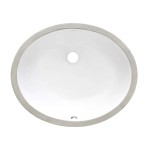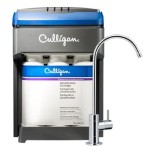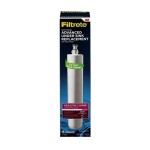CPU Fan and Heat Sink
A CPU fan and heat sink are two essential components of a computer's cooling system. The CPU fan is responsible for blowing air over the heat sink, which helps to dissipate heat from the CPU. The heat sink is a metal component that absorbs heat from the CPU and transfers it to the air.
CPU fans are typically made of plastic or metal and have a diameter of 40mm to 120mm. They are powered by a DC motor and can rotate at speeds of up to 2000 RPM. Heat sinks are typically made of aluminum or copper and have a large surface area to maximize heat transfer. They are often designed with fins or channels to increase the surface area.
The effectiveness of a CPU fan and heat sink combination depends on several factors, including the size of the heat sink, the speed of the fan, and the airflow inside the computer case. A larger heat sink will be able to dissipate more heat, and a faster fan will be able to move more air. However, a larger fan will also be louder, so it is important to find a balance between cooling performance and noise level.
There are several different types of CPU fans and heat sinks available. Some fans are designed to be mounted on the top of the heat sink, while others are designed to be mounted on the side. Some heat sinks are designed to be used with specific types of CPUs, while others are designed to be compatible with a wide range of CPUs.
When choosing a CPU fan and heat sink, it is important to consider the following factors:
- The size of the heat sink
- The speed of the fan
- The airflow inside the computer case
- The type of CPU
- The noise level
By carefully considering these factors, you can choose a CPU fan and heat sink that will provide the best possible cooling performance for your computer.
Here are some additional tips for choosing and using a CPU fan and heat sink:
- Make sure that the heat sink is compatible with your CPU.
- Choose a fan that is powerful enough to cool your CPU.
- Mount the fan and heat sink securely.
- Keep the airflow inside your computer case clear.
- Monitor your CPU temperature to make sure that it is not overheating.
By following these tips, you can ensure that your CPU fan and heat sink will keep your computer running cool and efficiently.

Heat Sink Wikipedia

S28 90bb 90mm Heat Sink Cpu Coolers For Amd Processor China Cooler And Fan Made In Com

Installing Cpu Heatsink Fan

Heatsink And Fan 70mm Prt 10686 Sparkfun Electronics

Add A Fan To Computer Heat Sink No Screws Required 5 Steps Instructables

How Do I Disassemble This Fan From Its Heat Sink Hardware Spiceworks Community

85x70x50mm Socket 478 Cpu Cooler Fan With Heatsink Tx3 Connector

Cpu Coolers Advantech

Computer Heat Sink

Schematic Diagram Of Heat Pipe Embedded With Sink And Cooling Fan Scientific







